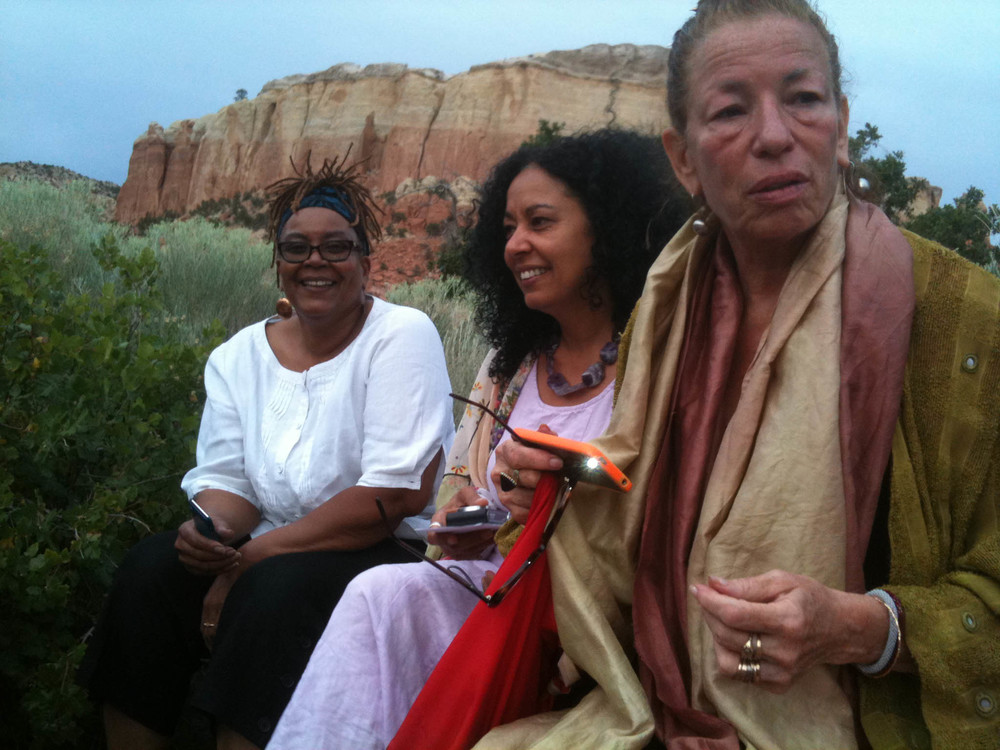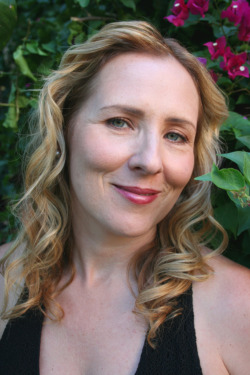As the publishing world continues to morph and change in response to economic and technological pressures and opportunities, self-publishing - for some writers - becomes an attractive option. In fact, the longest chapter in my book, Navigating the Rough Waters of Today's Publishing World, Critical Advice for Writers from Industry Insiders (Quill Driver Press, 2010), is about self-publishing. Print-on-demand technology and the explosion in e-books makes self-publishing a more viable option than traditional, especially for authors who already have an established platform.
When your book is accepted by a traditional publisher, the publishing house provides certain services, including editing, cover and content design, production, distribution to booksellers, and some—often minimal—level of promotion. The publisher not only pays you an advance of some amount, but also assumes all the costs of editing, designing, producing, and distributing, the book, as well as spending money marketing it. As the author, in this scenario, you are paid royalties. All other profits go to the publisher.
If you self-publish, you pay for the privilege upfront but get to keep 100 percent of the profits on any sales. However, the cost can range from several hundred dollars to more than $10,000, depending on the type of self-publishing you choose. And that should be dictated by the kind of book you’ve written, your skills (of lack thereof) in producing a published work, and what your goals are as an author.
Why, exactly, do you want your book published? Do you seek attention? Do you want to use the book to support other work, like speaking? Is it because you want to leave a family history for your children and grandchildren? Perhaps you’re tired of banging your head against the traditional publishers’ doors and you have a well-thought-out plan for promotion and marketing. Or you may have expertise in a field that is too narrow for a larger publisher to consider, for example, how to repair electric razors.
If you write fiction, you should first exhaust all efforts to get an agent and win a traditional contract. But if all efforts fail, by all means consider self-publishing. There are some wonderful stories of self-published books that were picked up by traditional publishers and became best-sellers (Christopher Paolini's Eragon is one example), but honestly, that's rare.
Self-publishing makes more sense for a nonfiction title that has a particular niche and whose author has the resources and ability to spend a lot of time marketing it.
Online POD Publishing
The newer print-on-demand companies that operate online and often refer to themselves as publishers, such as iUniverse and Lulu, offer most of the services of a traditional publisher either on an a la carte basis or in packages for which you pay a fee.
If you have a memoir or family history you want to produce in limited quantities for family and friends, this is a good option. Since you can produce one book at a time, there’s no need to print and store a large stock of books. Each book can be printed as it’s ordered online. This is also a good choice if you are a hobbyist and want to produce a limited number of informational or how-to books that you want to sell online.
But beware. Most people in the publishing and entertainment industry consider books published by iUniverse and Lulu and similar publishers as substandard.
Subsidy Publishing
If you make a living writing for other publications but want to produce a nonfiction title to either subsidize your primary work or establish credibility as an expert in a particular area, subsidy press publishing is a good option. This is also a good choice for business and inspirational speakers. A book confers instant credibility for speakers, who then can sell them “from the back of the room” at speaking engagements.
A quality subsidy press is a good place to start. Under a typical co-publisher agreement with a small press, the author pays all the major production costs, including typesetting, printing and binding. The publisher provides editorial services like editing, proofreading and jacket copy; production services like design and typesetting; marketing services like press releases, brochures, sending out review copies, sales and fulfillment; and distribution to bookstores and online retailers.
The print run is typically short, in the five hundred- to two-thousand-copy range. All copies are the property of the author, who receives a royalty of, say, 60 percent of all net receipts on book and subsidiary rights sales.
Unfortunately, this rarely turns out to be a money-making venture for the author. You have to have a very good reason to see your book in print.
Traditional Self-publishing
Before online POD publishers appeared, self-publishing truly meant the author published the book on his or her own, from typesetting to arranging for printing and distribution.
This is a good choice for writers who produce how-to and self-help books, histories of obscure people or widgets, or books that have a very narrow but perhaps healthy following, for example people who collect antique clocks.
It’s also a good option for writers who publish in newspapers and magazines but want a book to increase visibility. The key is know-how.
If you decide true self-publishing is for you, read The Self-Publishing Manual, Dan Poynter’s Self-Publishing Manual Vol. 2 (parapublishing.com). Poynter believes the current revolution in publishing will permanently alter the playing field, empowering writers and allowing them to put their work directly into the hands of the reading public.
But this kind of self-publishing is not for the faint of heart. If you have the design, production and printing experience and knowledge, go for it. You should also read Morris Rosenthal (fonerbooks.com) and Aaron Shepard’s (newselfpublishing.com) books on the process.
Rosenthal’s book, Print-on-Demand Book Publishing: A New Approach To Printing And Marketing Books For Publishers And Self-Publishing Authors, provides exhaustive information on the process of print-on-demand publishing.
Shepard’s book, Aiming at Amazon: The NEW Business of Self Publishing, or How to Publish Your Books with Print on Demand and Online Book Marketing on Amazon.com, explains in great detail how to use Amazon to sell and distribute your book.
Whether you self-publish fiction or nonfiction, be careful with whom you do business. Mark Levine’s The Fine Print of Self-Publishing compares 45 self-publishing companies, from online services to lesser-known quality subsidy presses. It also tells you what to look for in a self-publisher, explains contracts and pinpoints specific companies you should avoid.
In the end, nonfiction writers can benefit from self-publishing more than - at least for now - fiction writers. But the publishing world changes every day, and more and more already successful authors are turning to self-publishing platforms like Amazon, Scribd and Smashwords. As always, know what you want to accomplish and do your homework.
(I'll be offering consultations on self-publishing at the A Room of Her Own biannual Writers' Retreat at Ghost Ranch in New Mexico from Aug. 8-14.)
 I write about dialogue and characterization in November’s The Writer magazine (pick up a copy on the newsstand!). Passages from Ernest Hemingway’s short story “Hills Like White Elephants,” Mary Karr’s The Liars’ Club, and Frank McCourt’s Angela’s Ashes show how dialogue can move the story forward while providing compelling and critical information about the characters.
I write about dialogue and characterization in November’s The Writer magazine (pick up a copy on the newsstand!). Passages from Ernest Hemingway’s short story “Hills Like White Elephants,” Mary Karr’s The Liars’ Club, and Frank McCourt’s Angela’s Ashes show how dialogue can move the story forward while providing compelling and critical information about the characters.







